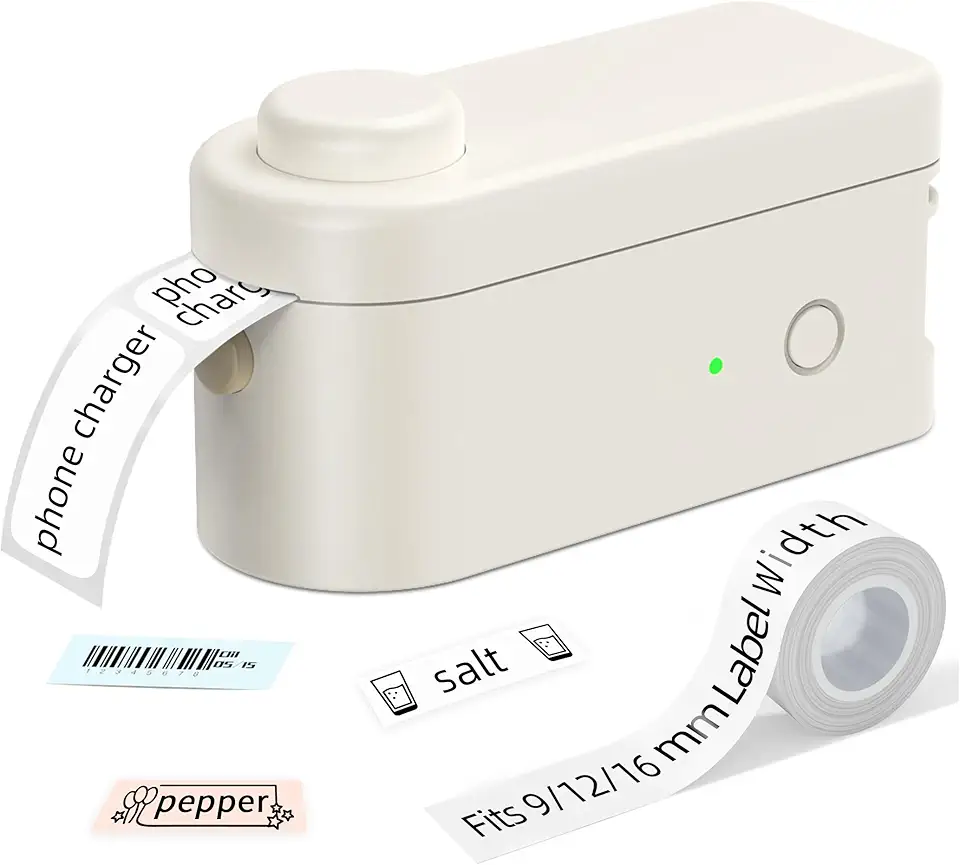
Why AI Needs to Get Smarter at Bouncing Back
Look, AI’s come a long way, but here’s the thing — these systems still trip over themselves when the real world throws curveballs. We’re not just talking about a chatbot missing your point or a wrong Google search. I’m talking about AI models that have to juggle complex queries, messy data, real-time shifts, and high-stakes decisions like pricing or legal advice without crashing or spinning out of control. The future of AI isn’t just about raw horsepower or flashy demos; it’s about resilience — building systems that can catch their own mistakes, course-correct on the fly, and keep delivering solid, trustworthy answers even when things get messy. Take Retrieval-Augmented Generation (RAG) for example. It’s a rockstar technique that mixes language models with document retrieval to boost accuracy. But vanilla RAG has weaknesses — sometimes it pulls irrelevant info, leading to hallucinations or gibberish answers. That’s where Corrective RAG (CRAG) steps in, rewriting bad queries and re-searching for better docs until it hits the mark. Imagine a legal AI assistant that knows when its first guess isn’t cutting it, tweaks the question, and dives back in until it finds the right precedent. That kind of adaptive feedback loop is gold. On top of that, there’s Adaptive RAG, which doesn’t just blindly fetch documents. Instead, it gauges how complex a query is and routes it dynamically — maybe a simple vector search for straightforward facts, or a smarter summarization technique if the question demands nuance. And it constantly grades its own results for relevance, checking for hallucinations and rewriting queries if needed. We’re talking about AI that acts more like a cautious detective than a reckless guesser. Then you layer in Proximal Policy Optimization (PPO), a method borrowed from reinforcement learning, which helps AI stay steady when making decisions in volatile environments — like setting delivery surcharges based on demand, supply, and weather. Unlike older methods that swing wildly when conditions change, PPO uses a clipped surrogate objective to keep learning balanced and avoid overreactions. So your AI pricing model doesn’t tank your profits overnight because it freaked out over a sudden spike in orders. Bottom line: AI’s not just about bigger models or more data but smarter pathways — systems that adapt, reroute, and self-correct. That’s the real game changer as companies try to move from flashy demos to dependable production systems. And it’s not just theory; firms are already building these pipelines with tools like LangChain, LangGraph, Gemini 2.0, and LlamaIndex, combining LLMs with real-time feedback and smart routing. ## Why AI Code Can’t Just Be “Good Enough”
But let’s switch gears for a sec. Here’s a cautionary tale for anyone who’s ever thought, “Hey, AI can just crank out code and I’ll fix it later.” Yeah, that’s a trap. AI coding assistants like GitHub Copilot or Cursor do speed things up — no doubt. But studies show that 25 to 50 percent of those first AI-generated snippets carry functional bugs or security holes. You might save 15 minutes writing code, but spend six hours later chasing down a vulnerability that exposes user data. That’s not productivity; that’s a disaster waiting to happen. The idea of “First-Time – Right” (FTR) code is a mantra borrowed from manufacturing floors — but it’s even more critical in software. Unlike a defective widget you toss, a buggy line of code can silently wreck havoc on millions of users for years. Debugging breaks your flow, eating up nearly an hour per fix. Security holes compound, and morale tanks as teams start distrusting their AI helpers. CI pipelines clog, costing precious minutes and worse — trust. So what’s the secret sauce to actually making AI coding tools work?
It’s discipline. It’s not just about better prompts or clever hacks — it’s a whole workflow overhaul:
1. Break down complex features into bite-sized 15-20 line chunks — don’t throw the AI a Frankenstein monster expecting it to get it right. Smaller scopes mean less hallucination, more focus. 2. Insist developers explain every AI-generated snippet before it’s committed. If you can’t talk through the logic and edge cases, you don’t own the code, plain and simple. 3. Automate everything you can: run static analysis, mutation testing, and tag AI-generated lines for extra scrutiny. If code smells fishy, catch it before it sinks into production. 4. Build secure-by – default snippet libraries — vetted patterns for common tasks like authentication and database access. Why reinvent the wheel when you can reuse what’s proven safe?
5. Keep a tight feedback loop. Let the AI explain its code, then refine, optimize, or regenerate. Limit yourself to three tries max to avoid wasting cycles. A Microsoft study even showed that framing AI prompts with a clear developer role bumps the right answer rate by nearly 20 points. That’s huge. And companies like JetBrains cut vulnerability density by 38 percent just by reusing vetted snippets. The math’s clear: treating AI like a junior dev who needs supervision beats blind trust every time.




How These Worlds Collide and What That Means for You
Here’s the kicker: the challenges in AI system design and AI-assisted coding aren’t separate islands. They’re two sides of the same coin. Building resilient AI models that self-correct and adapt is crucial — but so is building code that’s bulletproof from the jump. If your AI-powered retrieval system or pricing model is running on sloppy code, you’re toast. We’re living in a moment where AI is no longer a toy for researchers; it’s powering critical workflows in law, finance, logistics, and more. Trump’s back in the White House, and with the political landscape shifting, the pressure’s on for tech to deliver stable, secure, and transparent AI tools. Whether it’s regulators coming down hard on AI risks or companies racing to deploy agents in production, you can’t afford to cut corners. And let’s be honest — everyone wants AI to be the silver bullet. But here’s the truth: AI is only as good as the engineering behind it. That means smart retrieval pipelines that can fix themselves when they miss, pricing models that don’t freak out, and code that’s not just fast but *right* the first time. Without these guardrails, you’re building on quicksand. So if you’re an AI engineer, data scientist, or dev team lead trying to make sense of this chaos, here’s what you should be laser-focused on: – Building AI systems with feedback loops and adaptive routing that catch errors early and reroute intelligently. – Leveraging PPO and other reinforcement learning tricks to keep models stable in unpredictable real-world scenarios. – Treating AI coding tools like junior developers who need oversight, testing, and iterative refinement — not magic black boxes. – Automating verification and enforcing strict code quality gates that catch security risks before they explode. – Investing in reusable, secure snippet libraries and role-anchored prompt engineering that cuts down on guesswork and guess-fail. That’s the whole nine yards. Any AI system that doesn’t do this is flirting with disaster — and in today’s high-stakes environment, disaster isn’t just inconvenient, it’s unacceptable. ## What’s Next and Why You Should Care. You might be wondering, “Okay, that sounds smart. But what does it look like on the ground?” Well, companies are already rolling this out. Legal firms are deploying AI assistants with context-aware review and dynamic document routing. Financial institutions are building retrieval systems that sift through mountains of data with Gemini 2.0 and LlamaIndex, adjusting on the fly. And in manufacturing, delivery, and retail, adaptive PPO pricing models are quietly optimizing costs without breaking everything overnight. The AI ecosystem is buzzing with collaboration — communities like Learn AI Together on Discord are teaming up to build automation workflows, study advanced prompt engineering, and push these ideas forward. The real excitement is watching these tech stacks mature from demo-stage toys into production-grade workhorses you can actually trust. And if you’re skeptical, that’s fair. No AI system is perfect. But the tech trends point one way: AI that can’t recover, adapt, and produce secure, reliable code won’t survive the ruthless demands of real business. If you’re betting on AI’s future — and let’s face it, who isn’t? — start thinking about it not just as a brainy assistant, but as a junior dev and a detective rolled into one, constantly checking its own work and calling for backups when things go sideways. Because in the end, that’s what AI really needs to do to win — not just be fast or flashy, but tough, smart, and dependable. And that’s a story I’m excited to cover for a long time to come.




